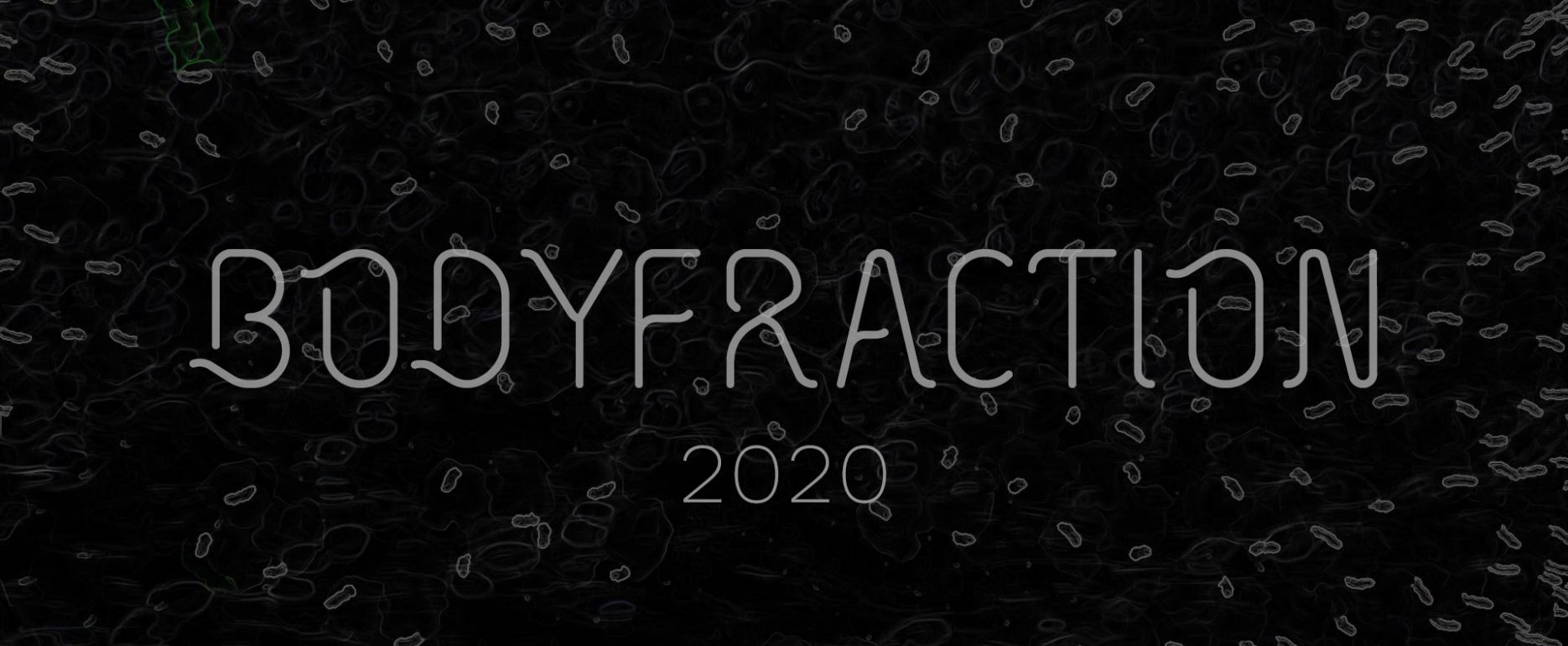The video Bodyfraction parallels microscopic images of fragments of the artist’s body (tooth enamel, skin, nails, hair etc.) with recordings of drawings and light-sensitive objects created on their basis.
Drawings were digitally processed towards simulating the chemical process called ‘reaction diffusion’ which models (mathematically or visually) the behaviour of two chemicals in a solution as they mix.
Such animated drawings form a fractal-like patterns and together with modified recordings of reflective light-works surfaces they create an entry into imaginary hidden topography (macro, micro or nano dimensions) in motion.
Video
- duration : 7min40
- video: Uršula Berlot & Sunčana Kuljiš
- sound: Scanner – Robin Rimbaud
Categories
- body
- video
- collaboration
Bodyfraction
The title refers to the motif (body) and the processing method (microscopic diffraction) through which the microscopic pictures were treated. Relief surfaces of pictures and drawings were derived from digitally modified microscopic views of bodily fragments, which were essentially transfigured through the digital process of inverse fast Fourier transformation (IFFT); this represented the first in a series of digital procedures directed towards their denaturalisation.
In collaboration with prof. dr. Sašo Šturm and dr. Matejka Podlogar, Jožef Stefan Institute, Ljubljana – Department for Nanostructured Materials)
Process :
For some of the effects, I used a simulation of a chemical process called “reaction diffusion”, which models (mathematically) the behavior of two chemicals in a solution as they mix. (Diffusion, meaning the mixing of the chemicals, and Reaction, meaning the concentration) . (But with Photoshop instead of math!)
In this example, a black and white drawing starts to dissolve, as if it was black ink drawn on white liquid. { white = chemical A, black = chemical B} But how to think of this system in terms of image generation? starting with the drawing, to simulate the diffusion : in photoshop, a series of tiny gaussian blurs are applied to one layer of the image, so the black line starts to leak into the white. Then this is subtracted from the original image (finding the edges) , then adjust the brightness of the resulting image, to amplify..
This Photoshop “action” is applied again and again to the image, and eventually we can export a series of images to make an animation.
Reaction / Diffusion
“ A black and white drawing starts to dissolve, as if it was black ink drawn on white liquid. (white = chemical A, black = chemical B) ”








